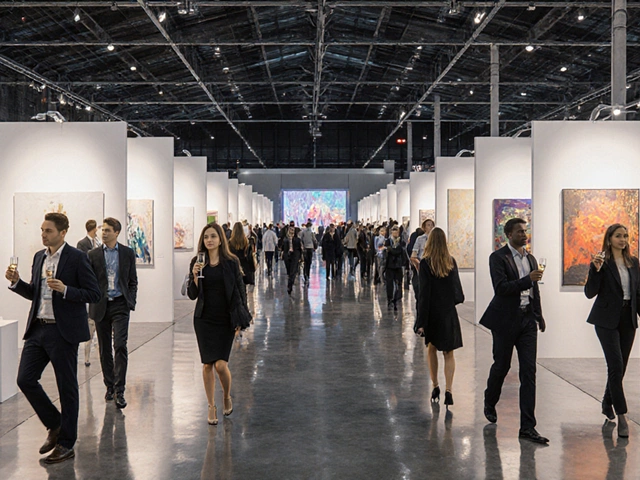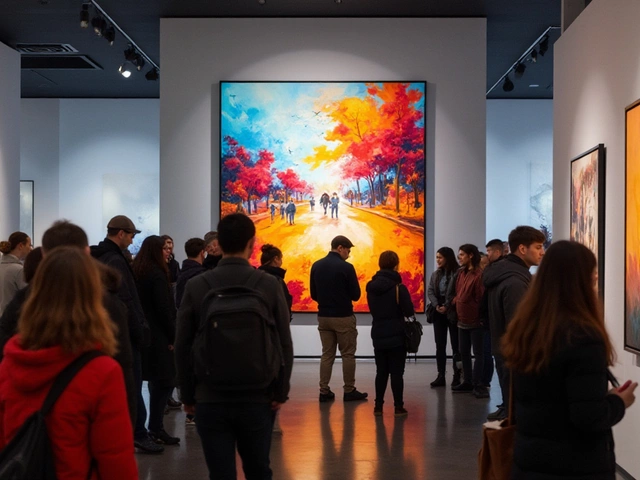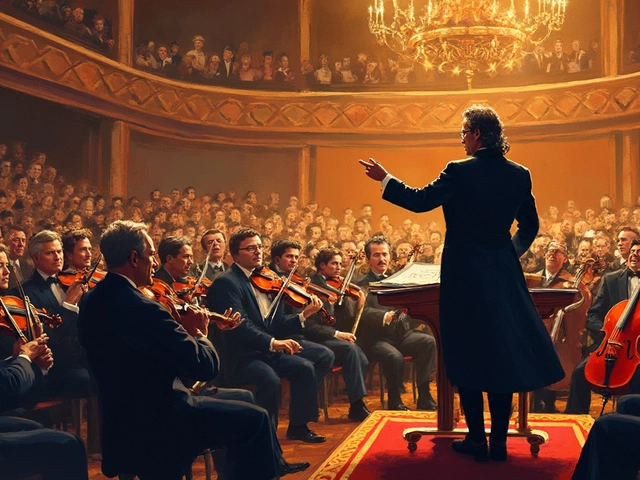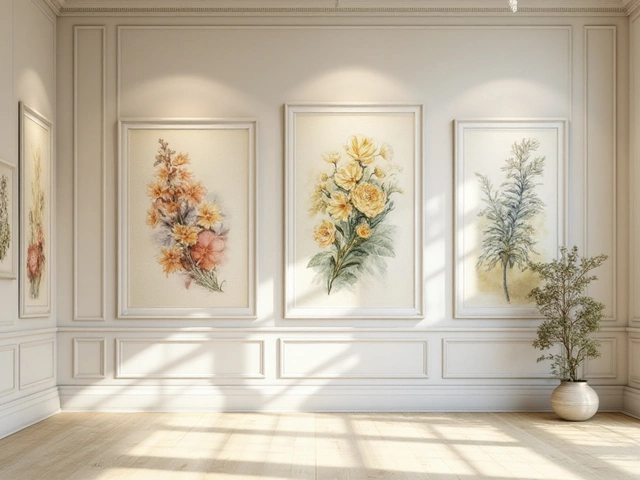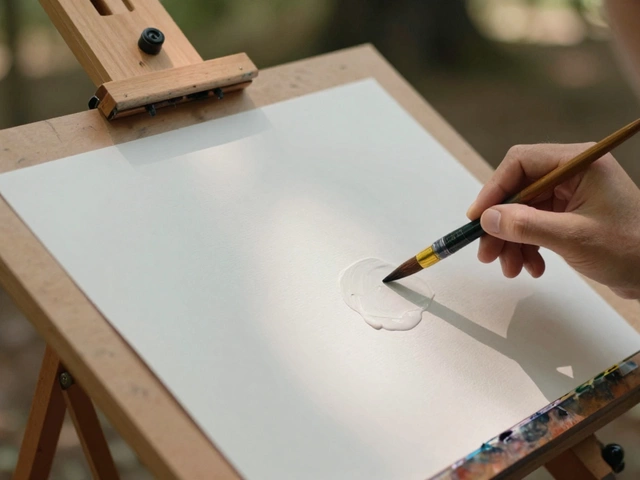Abstract Art: Definition, History, and Today’s Impact
When exploring Abstract Art, a visual language that abandons realistic representation in favor of color, shape, and gesture. Also known as non‑representational art, it grew out of the early 20th‑century push for personal expression. Modern Art, the broader movement that broke classic rules and opened the door for abstraction set the stage, while Digital Art, computer‑based creation that lets artists manipulate pixels, code, and algorithms now expands the palette. Even Sculpture, three‑dimensional work that can be purely geometric or fluidly organic often embraces abstract principles, turning space into a visual statement rather than a literal form.
Abstract art thrives on a few core attributes: it values visual rhythm, embraces bold color contrasts, and plays with texture to evoke feeling without recognizable subjects. Artists typically work in oil, acrylic, watercolor, or, increasingly, digital media like Photoshop and Procreate. The technique often involves layering, gestural brushwork, and sometimes chance methods such as splattering or dripping. Digital tools add new tricks – generative algorithms can produce endless variations, and 3D software lets sculptors craft abstract forms that would be impossible by hand. This blend of traditional and tech‑driven approaches means anyone can experiment, whether they’re painting a canvas in St Davids or rendering a virtual sculpture for an online gallery.
In today’s art scene, abstract art is a cornerstone of Contemporary Art, the current wave that reflects social, environmental, and technological concerns. Pembrokeshire’s galleries and workshops showcase abstract works alongside landscape and figurative pieces, highlighting how the region’s dramatic coastline can inspire non‑representational color palettes. Local events often feature live painting demos, digital art residencies, and abstract sculpture installations in public spaces. Artists there use the natural light of the Welsh coast to test how abstract hues shift throughout the day, creating works that feel both personal and universally resonant.
Below, you’ll find a curated mix of articles that dive deeper into the worlds of abstract painting, digital creation, and sculpture. From practical how‑tos on starting an oil abstract piece to insights on monetizing digital art, these posts give you the tools and inspiration to explore abstraction yourself. Whether you’re a beginner curious about bold brushstrokes or a seasoned creator looking for the next trend, the collection ahead offers concrete tips and fresh perspectives that keep abstract art vibrant in Pembrokeshire and beyond.
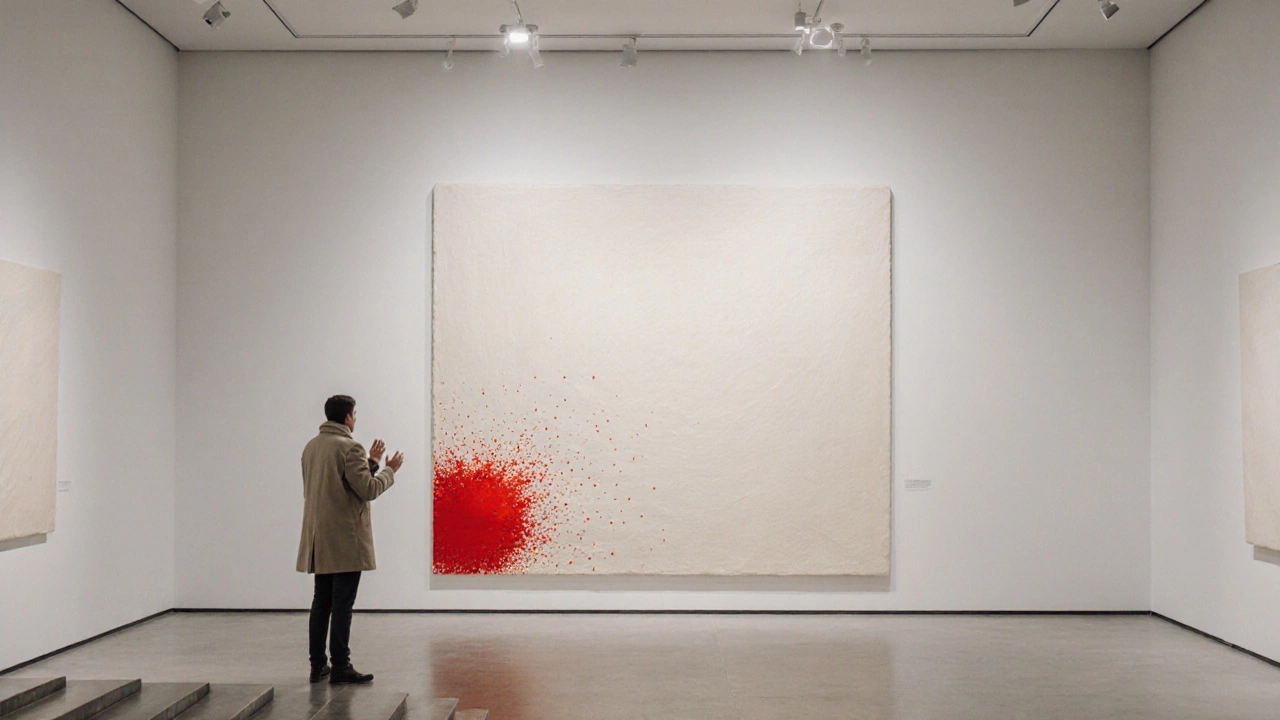
Explore why modern art is often labeled as lacking skill, uncover the shifting definitions of mastery, and learn how technique and concept intertwine in contemporary works.
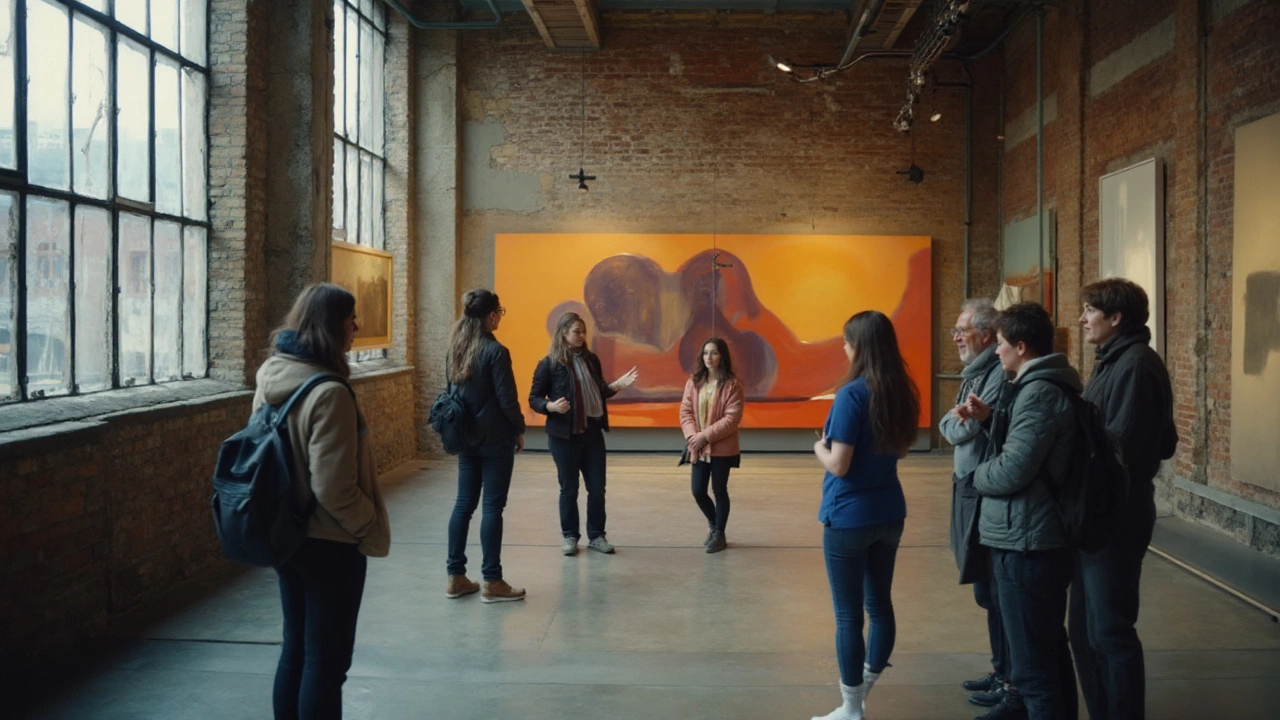
Clear, people-first guide to modern art principles-what they are, how to read them, with examples, a cheat sheet, table of movements, FAQs, and next steps.
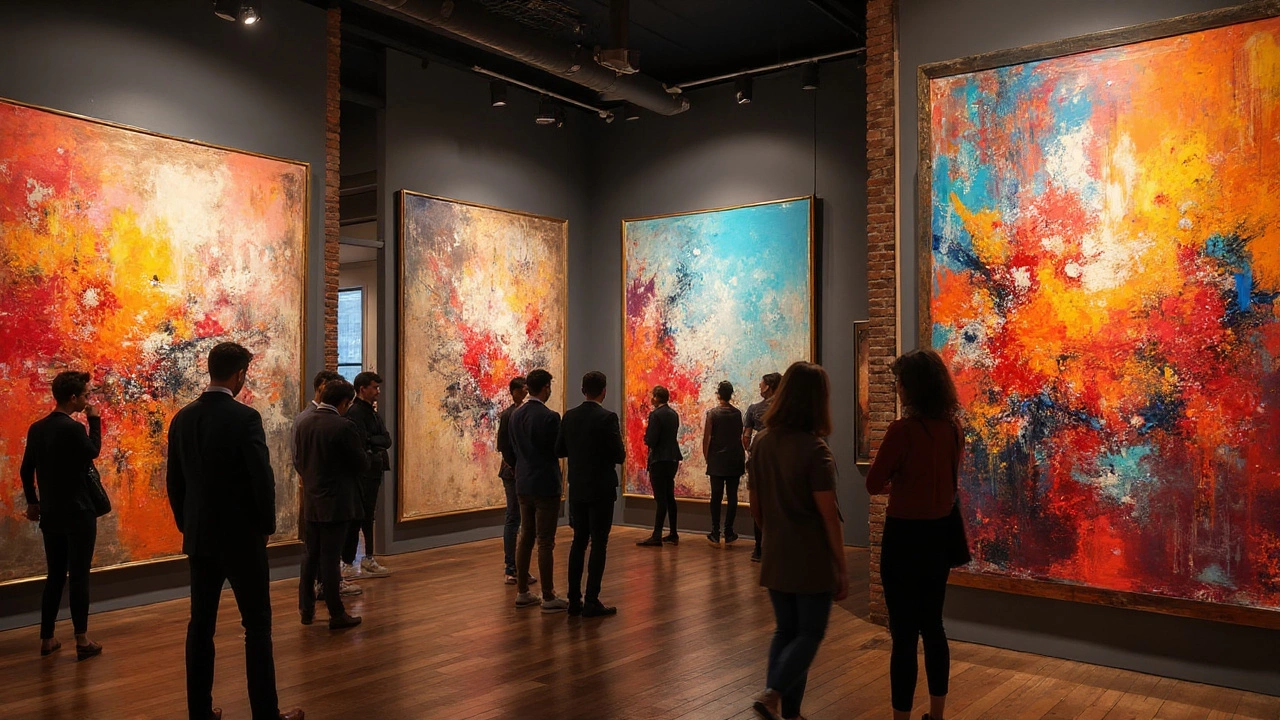
Is abstract art all chaos, or do hidden rules shape masterpieces? Uncover the surprising guidelines, history, and tips behind abstract art’s creative freedom.
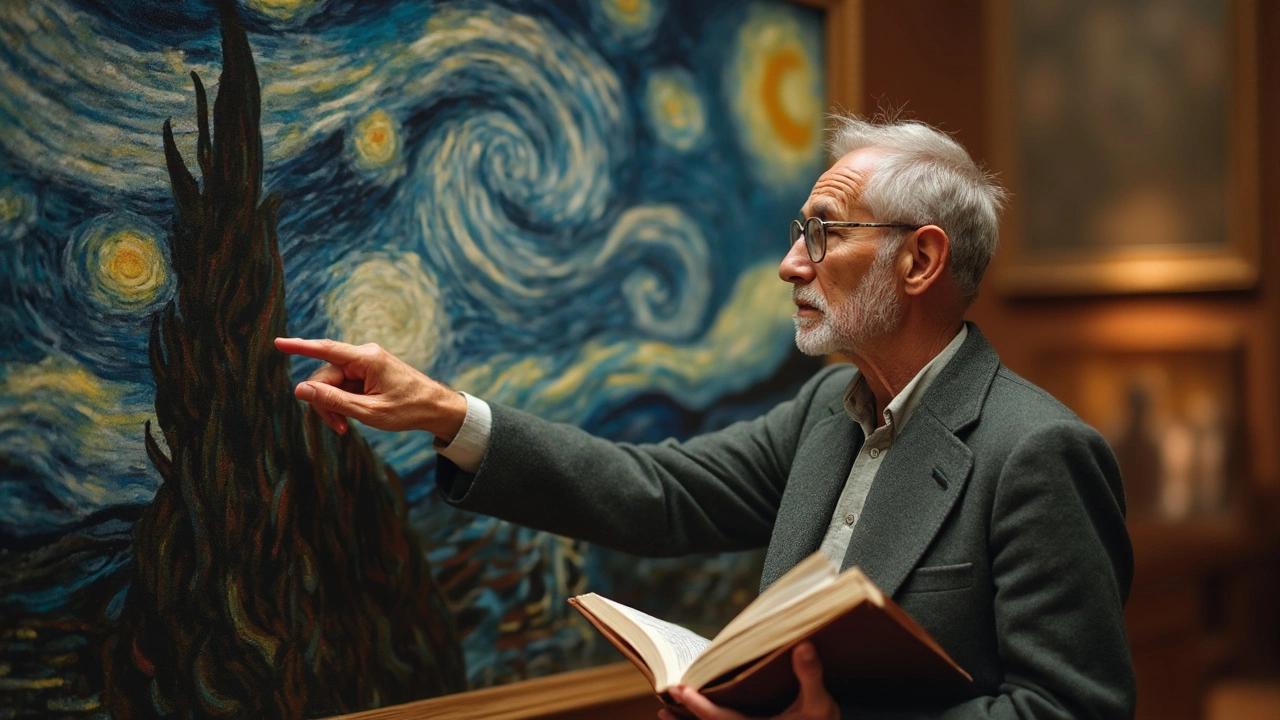
Dig deep into van Gogh's techniques and find out if he truly painted abstract art, with examples and expert insights from art history.
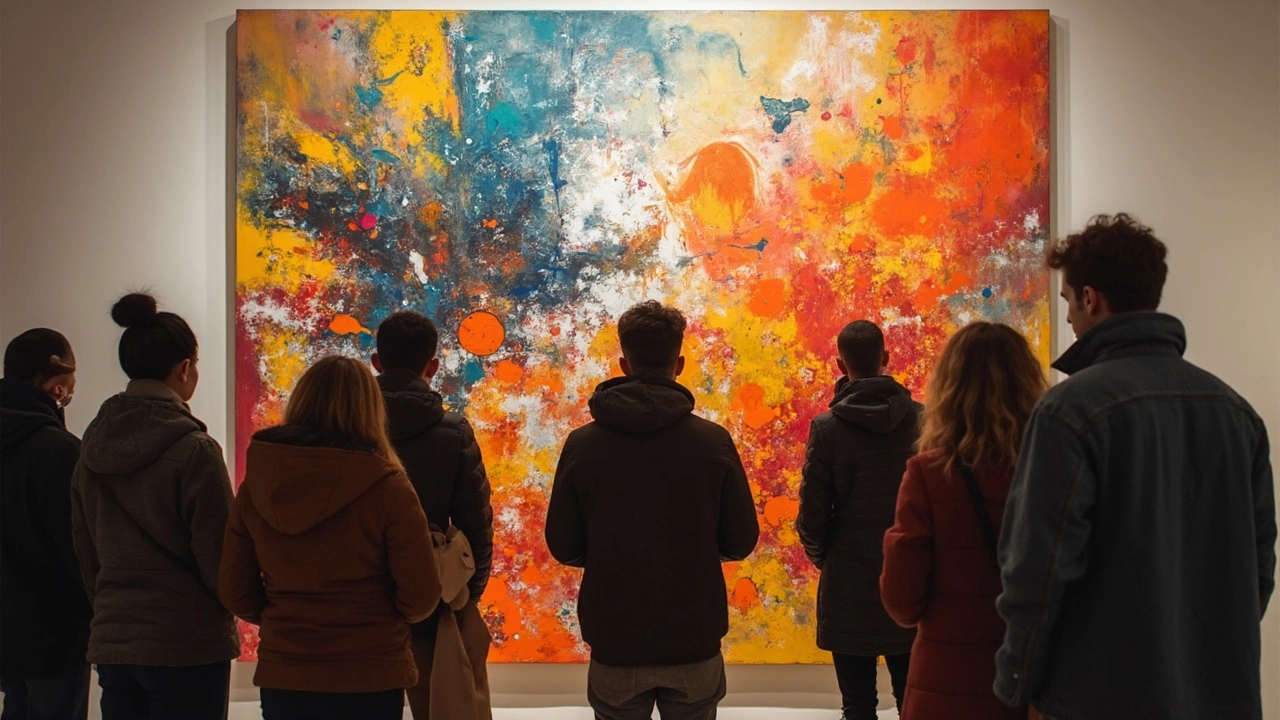
Ever wondered what really makes abstract art click? This article digs into the key of abstract art in a straightforward, down-to-earth way. You'll discover how it works, why artists choose to go non-representational, and what you can actually take away from those bold colors and wild shapes. Expect ideas you can put to use, some juicy facts straight from the art world, and ways to really look at abstract art so it makes sense. No overthinking—just clear, practical tips on what sets abstract art apart.
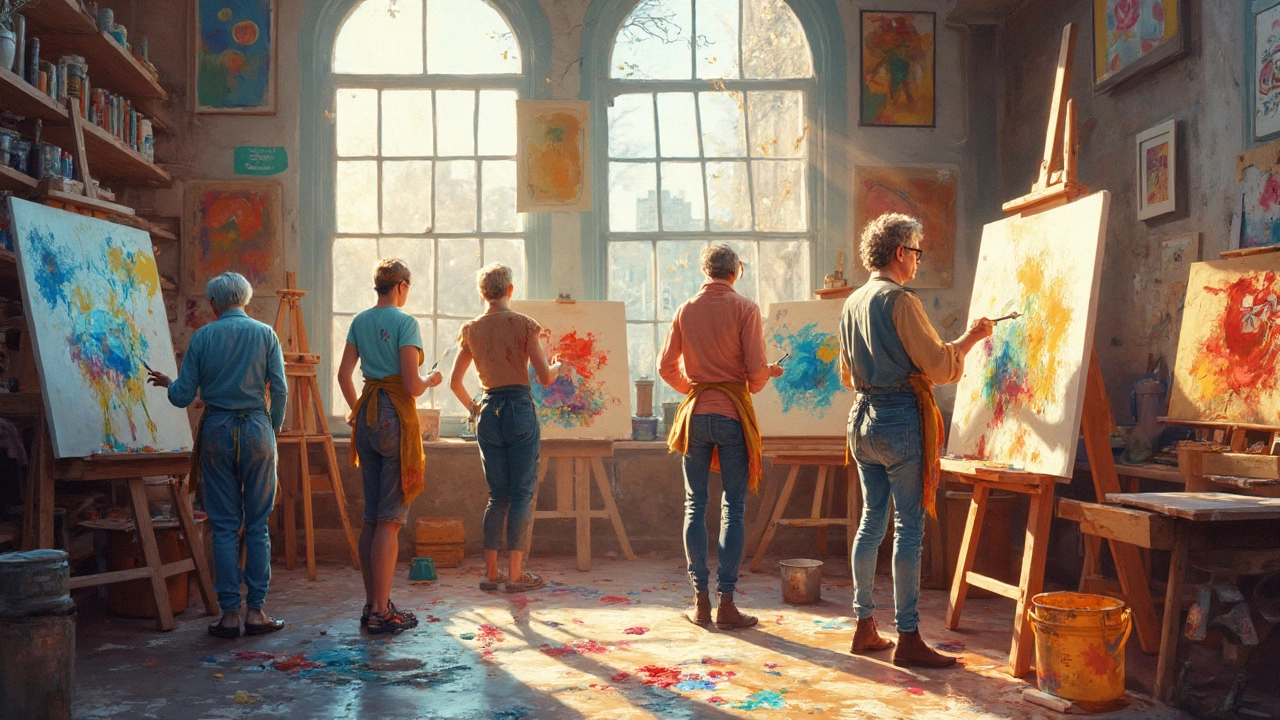
This article digs into whether anyone can become an abstract artist, breaking down the realities and myths of the field. You'll find practical advice, fun facts, and a look at what really sets abstract art apart. Whether you're thinking of picking up a paintbrush or just curious, you'll get plenty of tips and real talk about what it takes. The article covers what makes abstract art special and who gets to call themselves an abstract artist. Expect straight answers and hands-on suggestions for getting started.
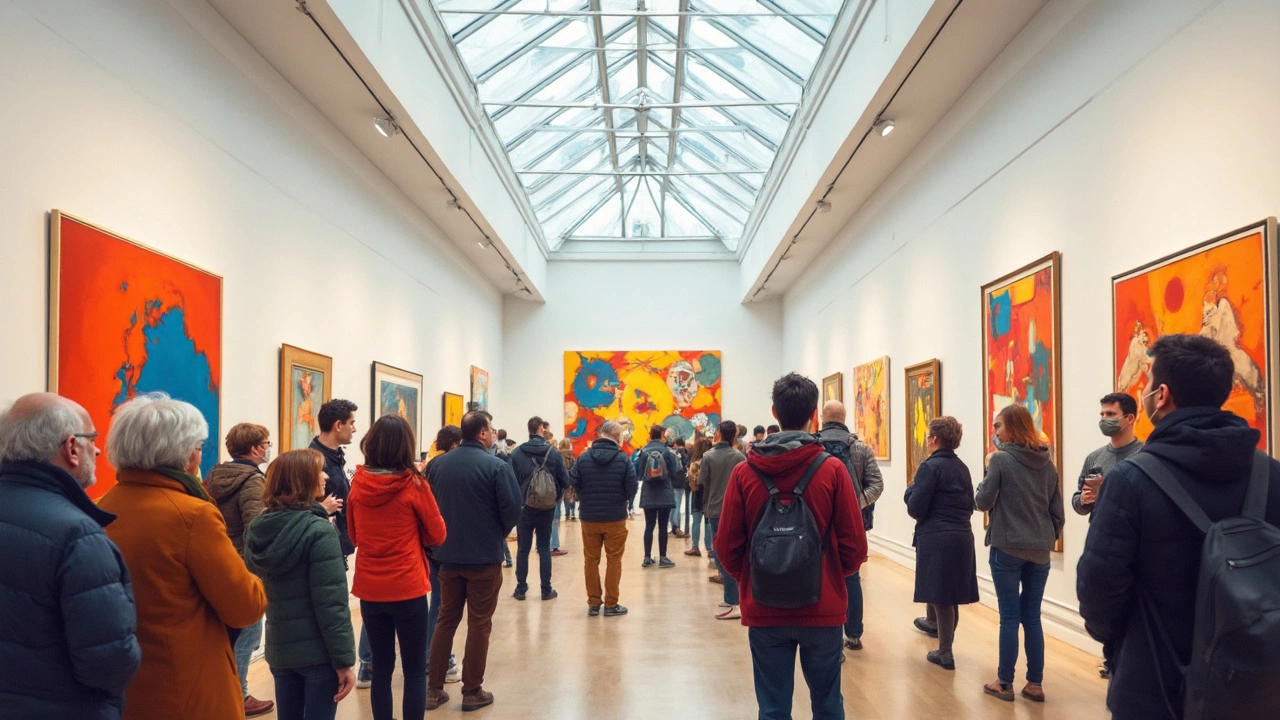
Modern art can be confusing—or straight-up wild—to first-time viewers, but there’s a reason people connect with it. This article digs into what people actually see in modern art and why it keeps drawing crowds. You’ll get to know how it works, why it sparks such strong reactions, and ways to get the most out of your next gallery visit. Expect straightforward facts, surprising tidbits, and tips anyone can use to enjoy modern art more. Whether you’re an art lover or just plain curious, you’ll see things differently after reading this.
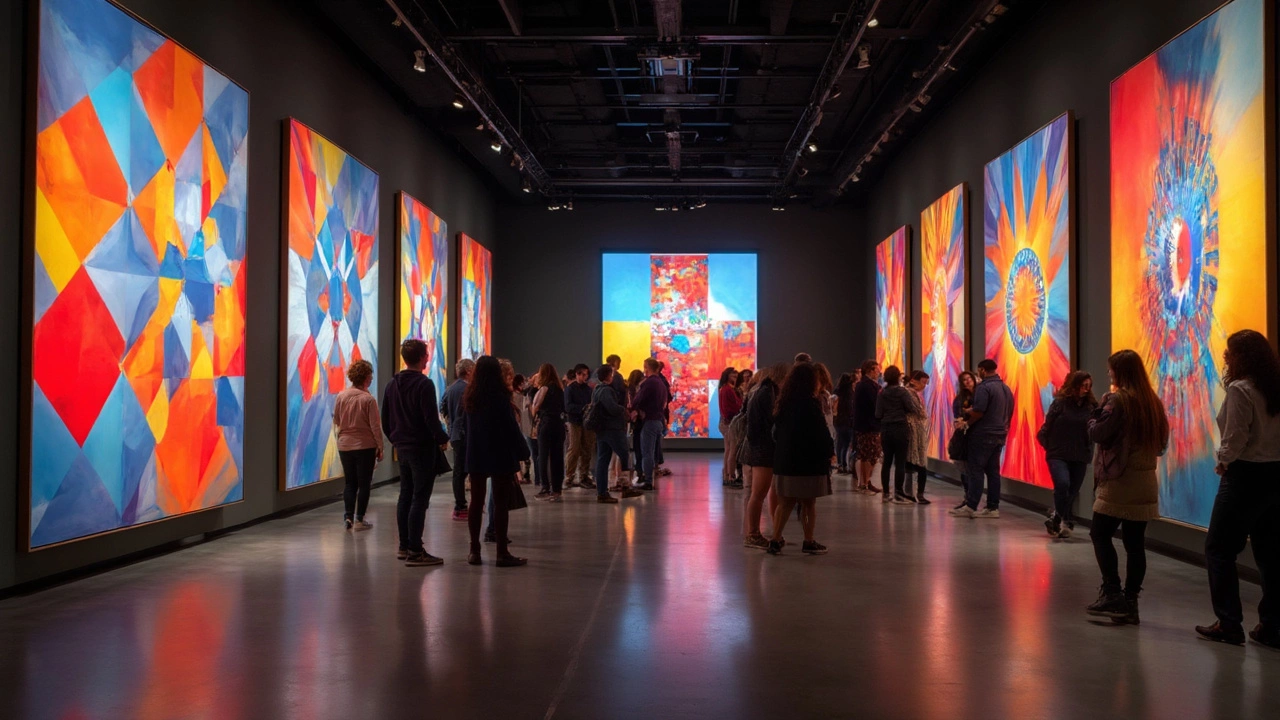
Abstract art is a fascinating world where rules are tossed aside, encouraging artists to express things that can't be captured in a photograph. It broadly splits into three main types: geometric abstract art, abstract expressionism, and action painting. Explore these categories to understand their unique features and gain insight into how they challenge traditional perspectives. Dive into a realm free of literal depiction and discover the power of shapes, color, and unconventional forms.
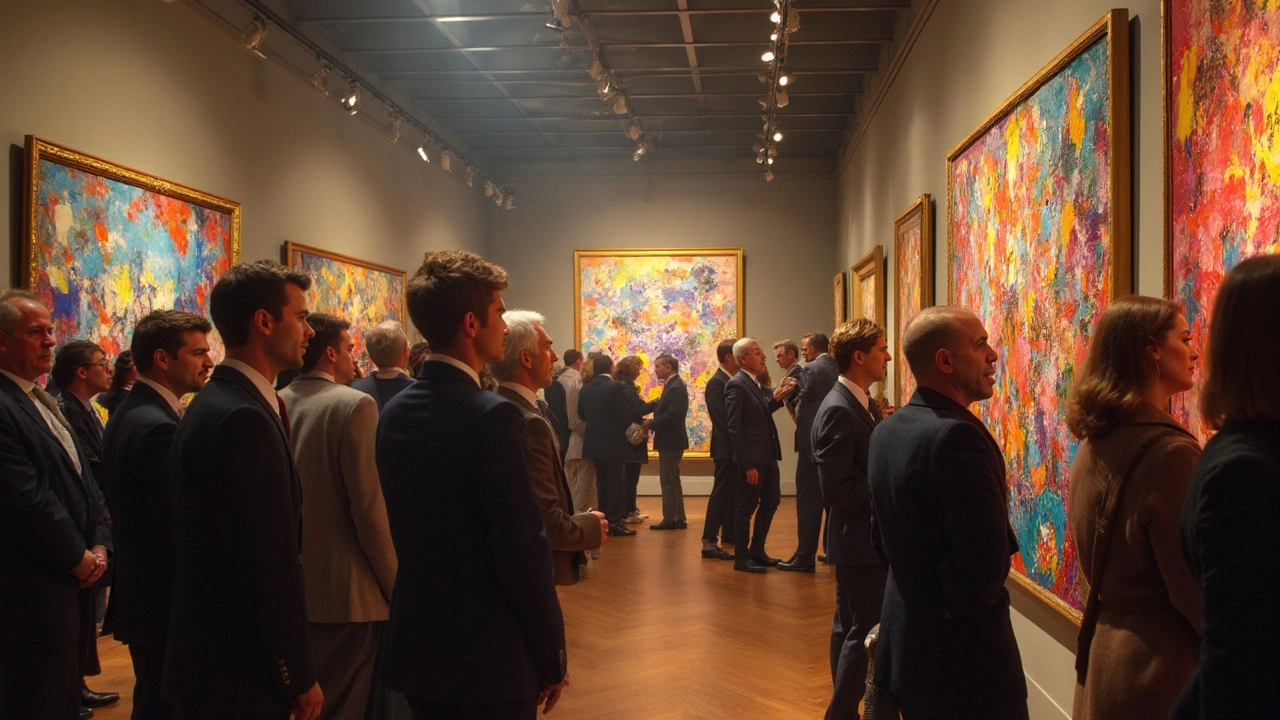
Abstract art often confounds those who encounter it, raising the question of why some find it challenging to appreciate. With its lack of clear subjects or recognizable forms, abstract art can seem perplexing and alienating. The emotional and intellectual engagement it requires might not appeal to everyone. Understanding abstract art involves shifting one's perspective to embrace ambiguity and subjectivity. This article explores the reasons behind this divide and offers tips to appreciate abstract art more authentically.
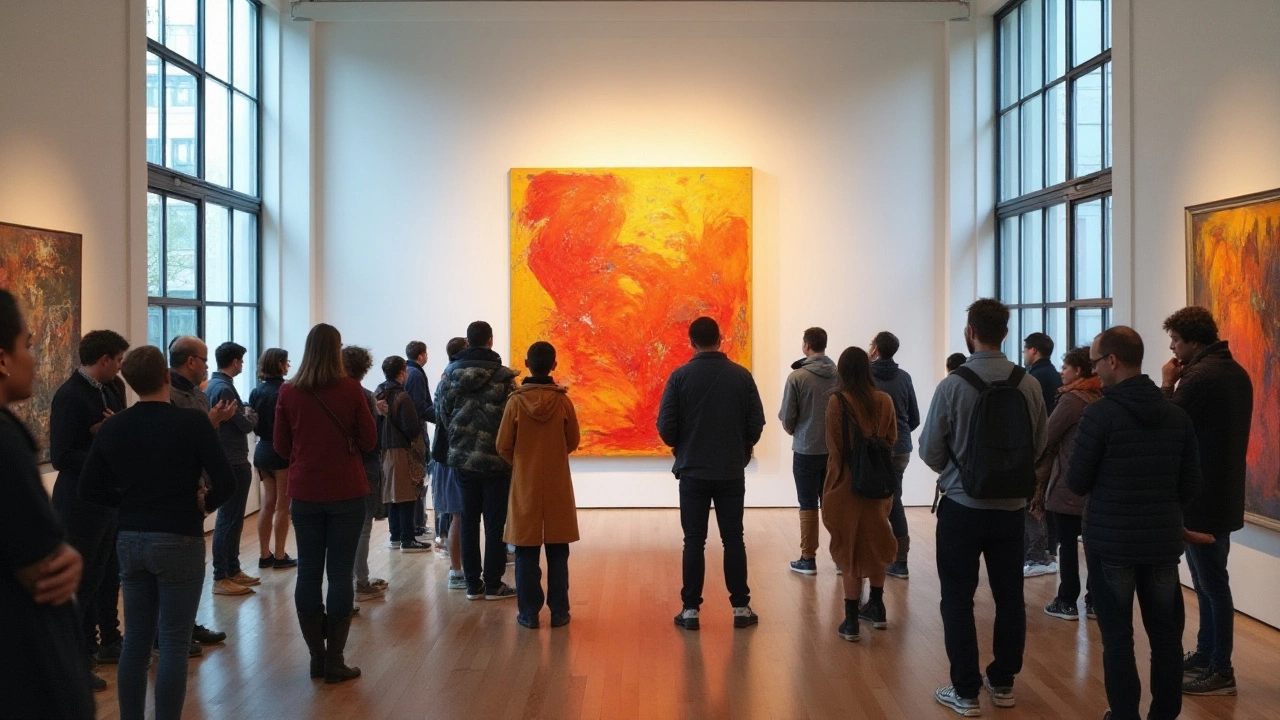
Abstract art captivates audiences by transcending the boundaries of traditional realism and offering a unique form of creative expression. By engaging the viewer's imagination and emotions, abstract pieces invite personal interpretation, making each observer's experience distinct. The allure of abstract art lies in its ability to evoke feelings and provoke thought without concrete representation, allowing people to connect with art on a deeply personal level. This article delves into the reasons behind the attraction to abstract art and provides insights into this intriguing form of artistic expression.
